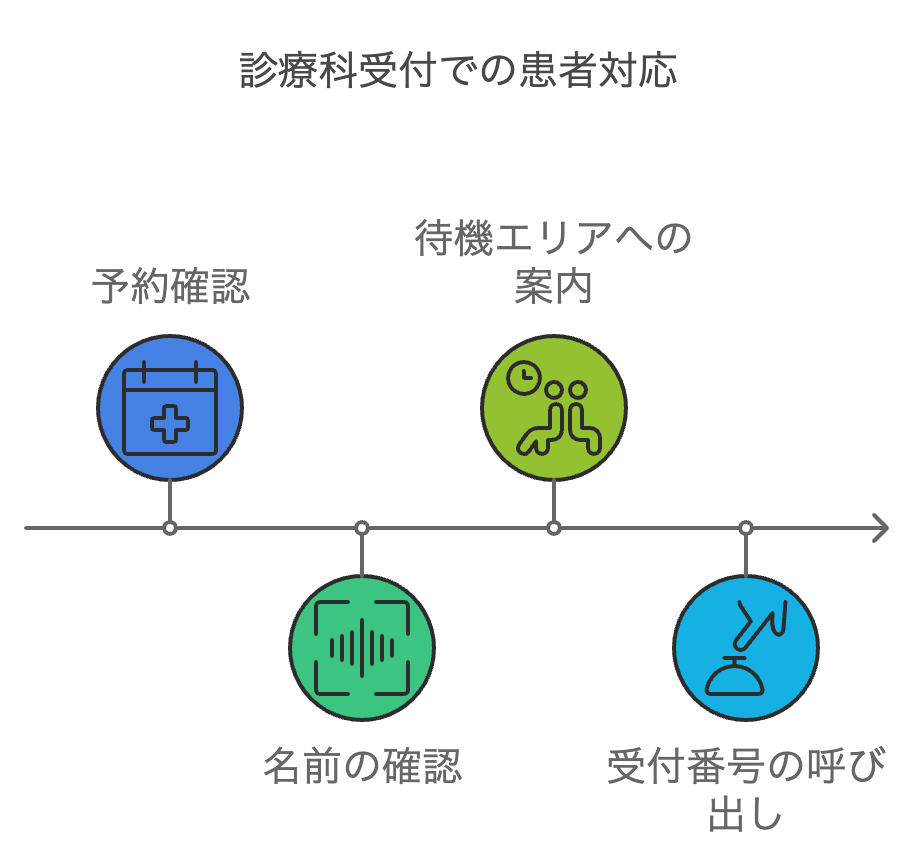脳神経外科における水頭症に関する会話例と英語フレーズ
**水頭症(Hydrocephalus)**は、脳内の脳脊髄液(CSF)が過剰に溜まり、脳の圧迫や損傷を引き起こす病態です。脳神経外科では、通常、手術などの治療を行うことが多く、診断・治療には適切な説明と患者とのコミュニケーションが重要です。
この記事では、水頭症に関する診察時の会話例をもとに、診療で役立つ英語フレーズを学びます。
患者の設定
- 名前: Kenta Suzuki (60歳、男性)
- 職業: 会社員
- 主な症状: 歩行が不安定になり、頻尿や記憶障害が現れた。
- 既往歴: 高血圧
- 生活習慣: 喫煙なし、週に数回の運動をしている。
診察の流れと会話例
1. 初診での問診と症状の確認
Doctor: “Good afternoon, Mr. Suzuki. I understand you’ve been having some issues with walking and memory. Can you tell me when these problems started?”
日本語訳: 「こんにちは、鈴木さん。歩行や記憶に問題があるとお聞きしましたが、いつ頃から始まりましたか?」
Patient: “It started about six months ago. At first, I just felt a little unsteady on my feet, but now it’s worse, and I have to go to the bathroom a lot more than before.”
日本語訳: 「6ヶ月前くらいから始まりました。最初は少し不安定な感じだったのですが、今はひどくなってきていて、頻尿が増えています。」
2. 水頭症のリスクと可能性の説明
Doctor: “Based on your symptoms, it’s possible that you may have hydrocephalus. Hydrocephalus occurs when too much cerebrospinal fluid builds up in the brain, causing pressure and affecting your walking, memory, and urinary function.”
日本語訳: 「あなたの症状から考えると、水頭症の可能性があります。水頭症は、脳脊髄液が脳に過剰に溜まり、圧力をかけることで歩行、記憶、排尿機能に影響を与えます。」
Patient: “Is this condition serious?”
日本語訳: 「この状態は深刻ですか?」
Doctor: “Hydrocephalus can be serious if left untreated, but it’s manageable with the right treatment, such as surgery to drain the excess fluid from your brain. Early diagnosis and treatment are important to prevent further complications.”
日本語訳: 「水頭症は放置すると深刻な状態になりますが、適切な治療(例えば、脳内の余分な液体を排出する手術)を行えば管理できます。早期の診断と治療が、さらなる合併症を防ぐために重要です。」
3. 検査の説明と診断方法
Doctor: “To confirm if you have hydrocephalus, we’ll need to do an MRI or CT scan. These tests will help us see if there’s an abnormal buildup of fluid in your brain. We may also do a lumbar puncture to measure the pressure of the cerebrospinal fluid.”
日本語訳: 「水頭症の確認には、MRIやCTスキャンを行います。これにより、脳内に異常な液体の溜まりがあるかどうかを確認できます。さらに、腰椎穿刺を行い、脳脊髄液の圧力を測定することもあります。」
Patient: “What is a lumbar puncture? Is it painful?”
日本語訳: 「腰椎穿刺とは何ですか?痛みはありますか?」
Doctor: “A lumbar puncture involves inserting a needle into your lower back to collect some cerebrospinal fluid. We’ll use local anesthesia to minimize any discomfort, and it’s a quick procedure.”
日本語訳: 「腰椎穿刺は、腰部に針を挿入して脳脊髄液を採取する検査です。局所麻酔を使用して不快感を最小限に抑え、短時間で終わる検査です。」
4. 診断結果と治療法の説明
Doctor: “If the tests confirm that you have hydrocephalus, the most common treatment is surgery. We would perform a procedure called shunt surgery to drain the excess fluid from your brain. This involves placing a small tube in your brain to divert the fluid to another part of your body, such as your abdomen.”
日本語訳: 「もし検査で水頭症が確認された場合、最も一般的な治療法はシャント手術です。この手術では、脳内の余分な液体を排出するために小さなチューブを脳に挿入し、その液体を腹部など体内の別の部位に流します。」
Patient: “Is the surgery dangerous?”
日本語訳: 「その手術は危険ですか?」
Doctor: “Shunt surgery is a common procedure and is generally safe. However, as with any surgery, there are risks, such as infection or blockage of the shunt. We’ll monitor you closely after the surgery to make sure everything is functioning properly.”
日本語訳: 「シャント手術は一般的で、通常は安全です。ただし、どの手術にも感染やシャントの閉塞といったリスクがあります。手術後は慎重に経過を観察して、すべてが正常に機能しているか確認します。」
5. 生活管理と治療後のフォローアップ
Doctor: “After the surgery, you’ll need regular check-ups to ensure the shunt is working properly and to monitor your symptoms. It’s important to contact us if you experience any issues, such as headaches, confusion, or changes in your walking.”
日本語訳: 「手術後は、シャントが正常に機能しているか、症状を監視するために定期的な診察が必要です。もし頭痛や混乱、歩行の変化が見られた場合は、すぐにご連絡ください。」
Patient: “How long will the shunt last?”
日本語訳: 「シャントはどれくらいの間持続しますか?」
Doctor: “Shunts can last for many years, but sometimes they may need to be adjusted or replaced. We’ll keep an eye on it during your follow-up appointments.”
日本語訳: 「シャントは数年持続することが多いですが、調整や交換が必要になる場合もあります。定期的なフォローアップで経過を見守ります。」
学習ポイント
- 症状の確認: 水頭症に関連する症状を確認するためのフレーズを学びましょう。例: “Have you been experiencing difficulty walking, memory problems, or frequent urination?“(歩行の困難や記憶の問題、頻尿がありますか?)
- 検査の説明: 水頭症の診断に必要な検査を説明するフレーズを学びます。例: “We’ll perform an MRI or CT scan to check for any fluid buildup in your brain.“(脳内に液体の溜まりがあるか確認するために、MRIやCTスキャンを行います。)
- 治療法の説明: 水頭症の治療法を説明するフレーズを学びます。例: “We may recommend shunt surgery to drain the excess fluid from your brain.“(脳内の余分な液体を排出するためにシャント手術を推奨するかもしれません。)
- 生活管理: 手術後のフォローアップに関する表現を学びます。例: “It’s important to monitor your symptoms and attend regular check-ups to ensure the shunt is working properly.“(症状の監視と定期的な診察が、シャントが正常に機能していることを確認するために重要です。)
関連キーワード: 水頭症, シャント手術, 脳脊髄液, MRI, CTスキャン, 英語会話例, 外国人対応




